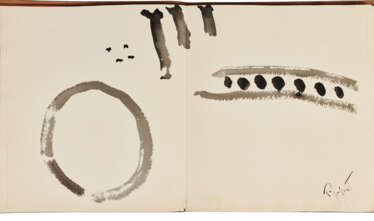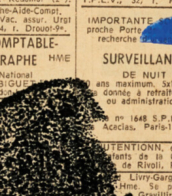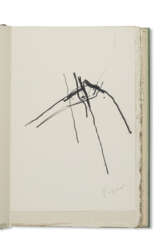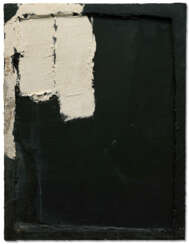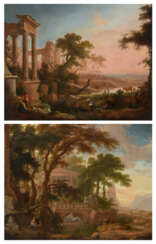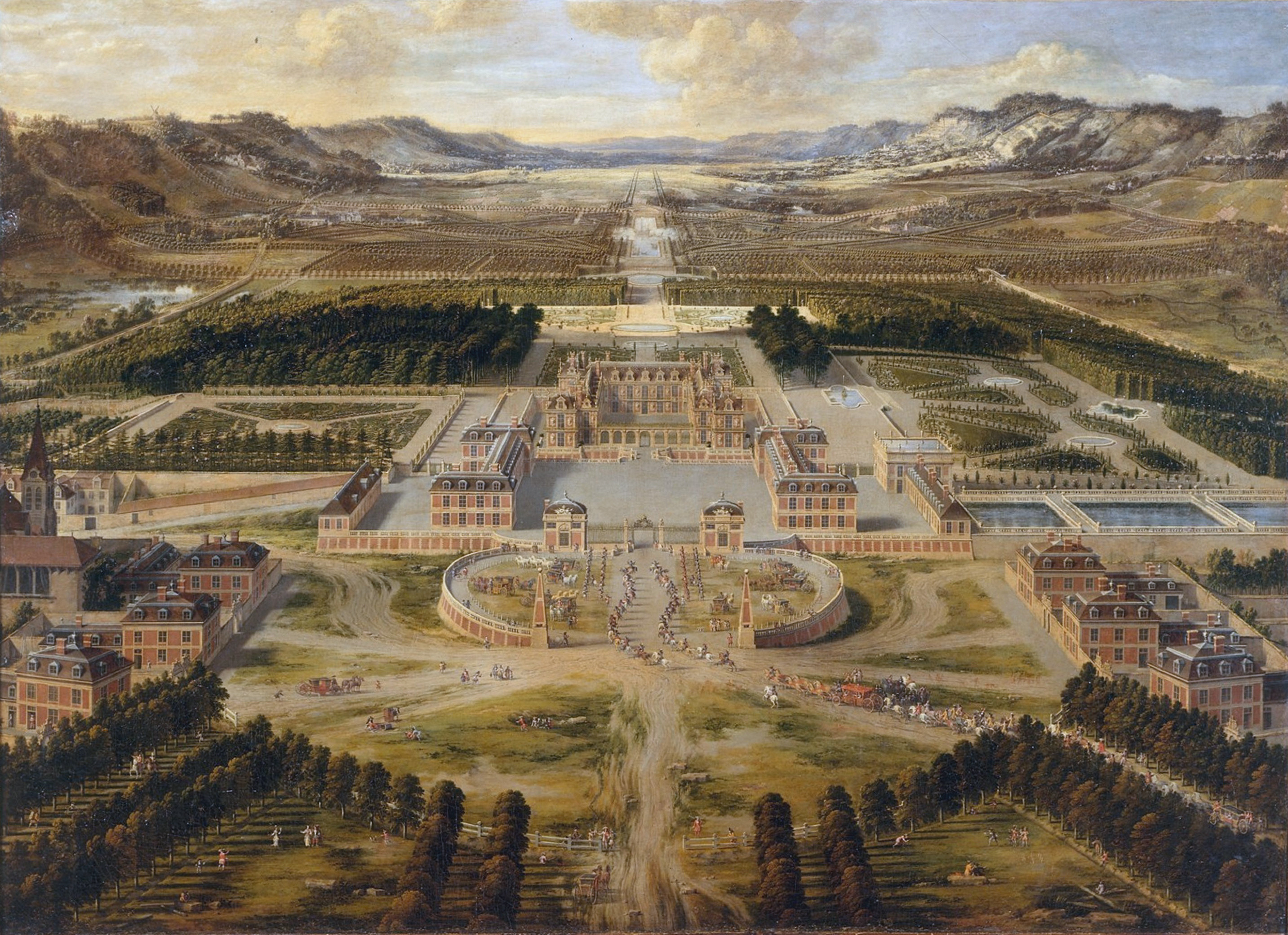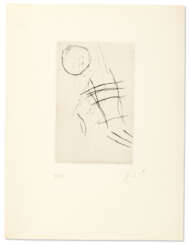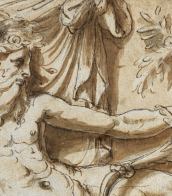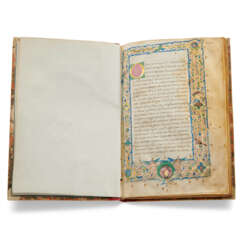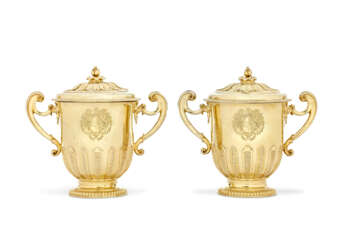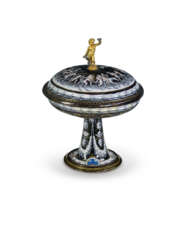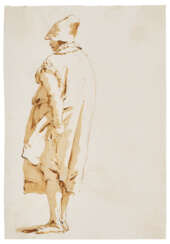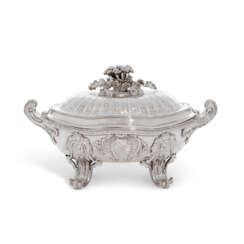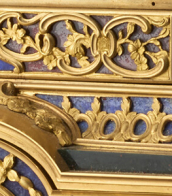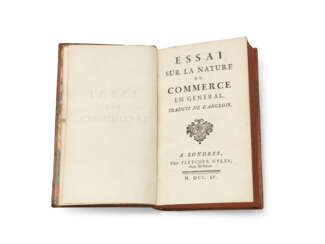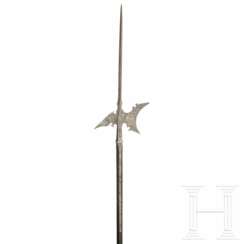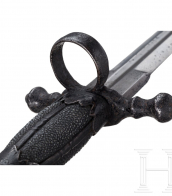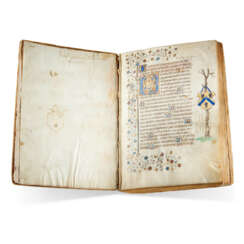pierre tal-coat
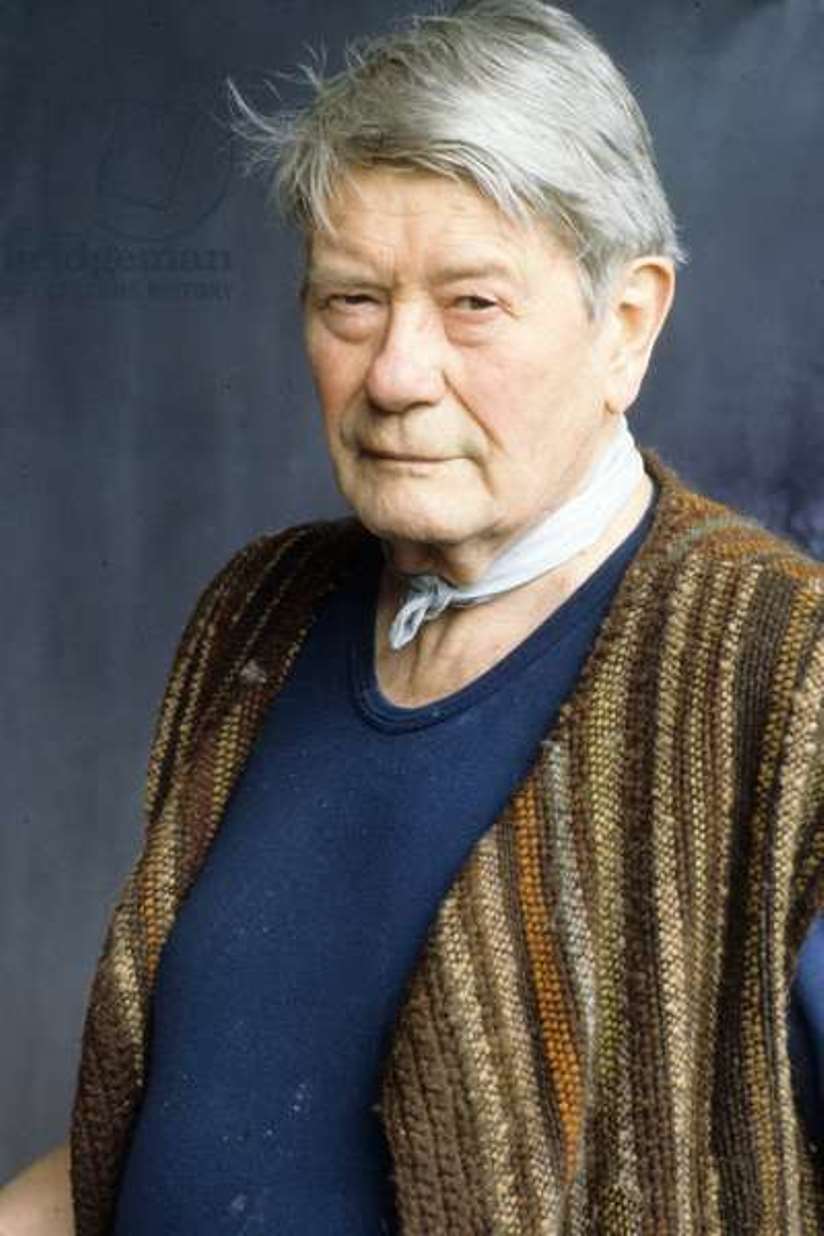
Pierre Tal-Coat, born Pierre Louis Jacob, was a French painter and graphic artist, one of the founders of Tachism, the French version of Abstract Expressionism.
In his youth he worked as a painter in porcelain factories and was drafted into the army. In the 1930s, the artist painted large, bold women's portraits, self-portraits, and landscapes. In 1936, Tal-Coat spoke out against the war in Spain, painting a series of paintings titled Massacre. Later his painting moved to the non-objective plane.
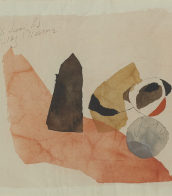

Pierre Tal-Coat, born Pierre Louis Jacob, was a French painter and graphic artist, one of the founders of Tachism, the French version of Abstract Expressionism.
In his youth he worked as a painter in porcelain factories and was drafted into the army. In the 1930s, the artist painted large, bold women's portraits, self-portraits, and landscapes. In 1936, Tal-Coat spoke out against the war in Spain, painting a series of paintings titled Massacre. Later his painting moved to the non-objective plane.
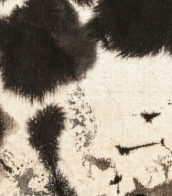

Pierre Tal-Coat, born Pierre Louis Jacob, was a French painter and graphic artist, one of the founders of Tachism, the French version of Abstract Expressionism.
In his youth he worked as a painter in porcelain factories and was drafted into the army. In the 1930s, the artist painted large, bold women's portraits, self-portraits, and landscapes. In 1936, Tal-Coat spoke out against the war in Spain, painting a series of paintings titled Massacre. Later his painting moved to the non-objective plane.
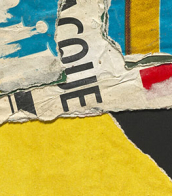

Pierre Tal-Coat, born Pierre Louis Jacob, was a French painter and graphic artist, one of the founders of Tachism, the French version of Abstract Expressionism.
In his youth he worked as a painter in porcelain factories and was drafted into the army. In the 1930s, the artist painted large, bold women's portraits, self-portraits, and landscapes. In 1936, Tal-Coat spoke out against the war in Spain, painting a series of paintings titled Massacre. Later his painting moved to the non-objective plane.


Pierre Tal-Coat, born Pierre Louis Jacob, was a French painter and graphic artist, one of the founders of Tachism, the French version of Abstract Expressionism.
In his youth he worked as a painter in porcelain factories and was drafted into the army. In the 1930s, the artist painted large, bold women's portraits, self-portraits, and landscapes. In 1936, Tal-Coat spoke out against the war in Spain, painting a series of paintings titled Massacre. Later his painting moved to the non-objective plane.


Pierre Tal-Coat, born Pierre Louis Jacob, was a French painter and graphic artist, one of the founders of Tachism, the French version of Abstract Expressionism.
In his youth he worked as a painter in porcelain factories and was drafted into the army. In the 1930s, the artist painted large, bold women's portraits, self-portraits, and landscapes. In 1936, Tal-Coat spoke out against the war in Spain, painting a series of paintings titled Massacre. Later his painting moved to the non-objective plane.


Pierre Tal-Coat, born Pierre Louis Jacob, was a French painter and graphic artist, one of the founders of Tachism, the French version of Abstract Expressionism.
In his youth he worked as a painter in porcelain factories and was drafted into the army. In the 1930s, the artist painted large, bold women's portraits, self-portraits, and landscapes. In 1936, Tal-Coat spoke out against the war in Spain, painting a series of paintings titled Massacre. Later his painting moved to the non-objective plane.


Pierre Tal-Coat, born Pierre Louis Jacob, was a French painter and graphic artist, one of the founders of Tachism, the French version of Abstract Expressionism.
In his youth he worked as a painter in porcelain factories and was drafted into the army. In the 1930s, the artist painted large, bold women's portraits, self-portraits, and landscapes. In 1936, Tal-Coat spoke out against the war in Spain, painting a series of paintings titled Massacre. Later his painting moved to the non-objective plane.


Pierre Tal-Coat, born Pierre Louis Jacob, was a French painter and graphic artist, one of the founders of Tachism, the French version of Abstract Expressionism.
In his youth he worked as a painter in porcelain factories and was drafted into the army. In the 1930s, the artist painted large, bold women's portraits, self-portraits, and landscapes. In 1936, Tal-Coat spoke out against the war in Spain, painting a series of paintings titled Massacre. Later his painting moved to the non-objective plane.


Pierre Tal-Coat, born Pierre Louis Jacob, was a French painter and graphic artist, one of the founders of Tachism, the French version of Abstract Expressionism.
In his youth he worked as a painter in porcelain factories and was drafted into the army. In the 1930s, the artist painted large, bold women's portraits, self-portraits, and landscapes. In 1936, Tal-Coat spoke out against the war in Spain, painting a series of paintings titled Massacre. Later his painting moved to the non-objective plane.
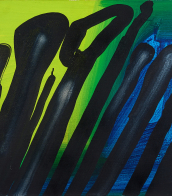

Pierre Tal-Coat, born Pierre Louis Jacob, was a French painter and graphic artist, one of the founders of Tachism, the French version of Abstract Expressionism.
In his youth he worked as a painter in porcelain factories and was drafted into the army. In the 1930s, the artist painted large, bold women's portraits, self-portraits, and landscapes. In 1936, Tal-Coat spoke out against the war in Spain, painting a series of paintings titled Massacre. Later his painting moved to the non-objective plane.
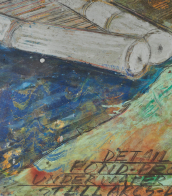



Francis Picabia, born Francis-Marie Martinez de Picabia, was a French avant-garde painter, poet, and typographist, whose work is celebrated for its diversity and innovation. His journey through various art movements, including Impressionism, Cubism, Dadaism, and Surrealism, showcases his refusal to be confined by any one style. Picabia's art is known for its eclectic nature, often blending mechanical elements with organic forms, thereby challenging traditional perceptions of art and beauty.
Picabia's significant contribution to the art world lies not just in his varied artistic output but also in his philosophical approach to creation. He believed in the freedom of expression, often using his art to critique societal norms and the art establishment itself. This rebellious spirit made him a pivotal figure in the Dada movement, where his works were celebrated for their irony and disdain for conventional art values.
Among his notable works, "Amorous Parade" and "I See Again in Memory My Dear Udnie" stand out, housed in prestigious institutions like the Museum of Modern Art in New York. These pieces exemplify Picabia's mastery over blending different elements of art movements, creating works that remain influential to this day. His legacy is not just in the pieces he created but also in his attitude towards art, encouraging future generations to challenge and redefine the boundaries of creativity.
For collectors and experts in art and antiques, Picabia's works represent not only significant artistic achievements but also valuable insights into the evolution of modern art. To stay informed about new product sales and auction events related to Francis Picabia, sign up for updates. This subscription is an essential resource for enthusiasts looking to enrich their collections with pieces from one of the most innovative artists of the 20th century.

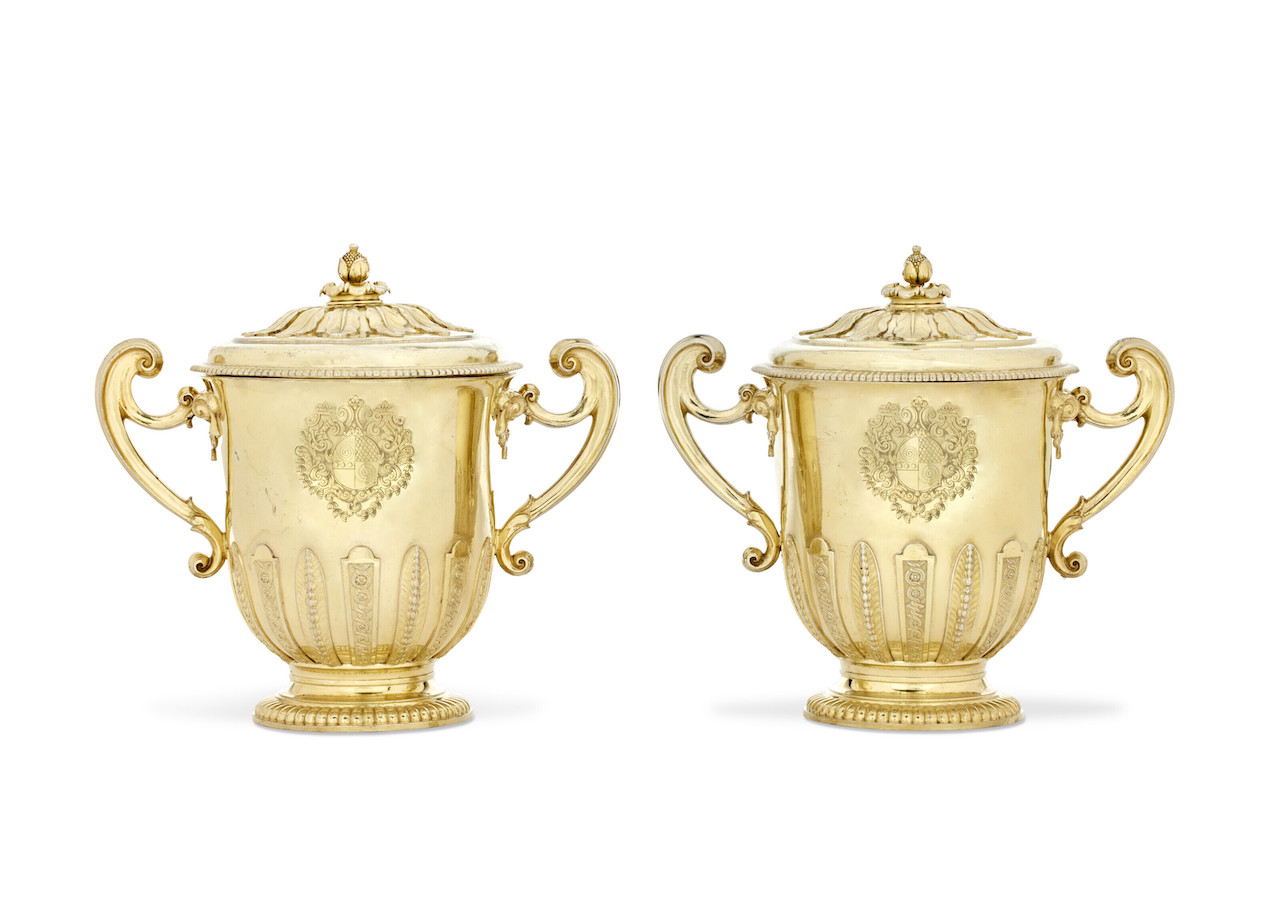
Pierre Platel was a Huguenot silversmith, born c. 1664 in Lille and arriving in England in 1688. He was endowed in 1697, and in 1699 was granted his freedom by ransom, after which he was recorded as a major labourer. Paul de Lamery was taken on as his apprentice in 1703 and remained there until 1713. The paymaster died in 1719. His most significant works belong to the Bentinck or Cavendish families.
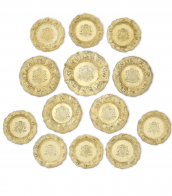
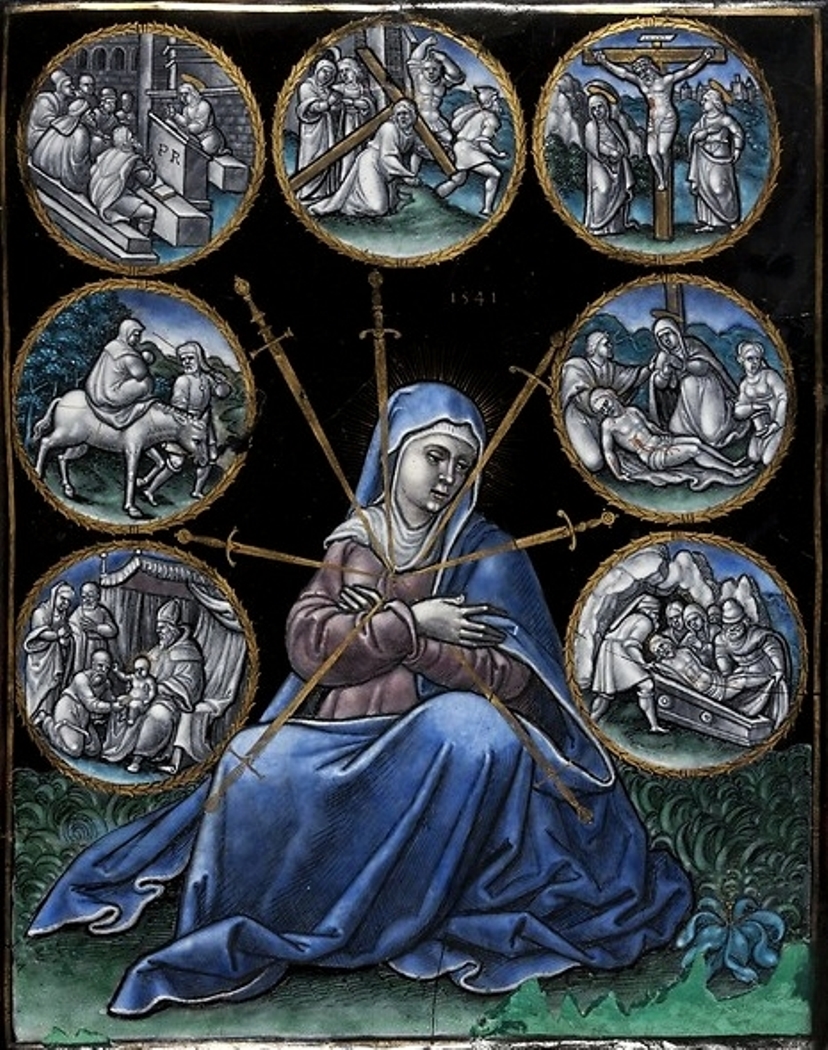
Pierre Reymond was a French painter and enameler.
Reymond ran a large workshop in Limoges, where one of his apprentices was Pierre Court. He specialized in tableware decorated with mythological scenes, including cups, plates, bowls and platters.

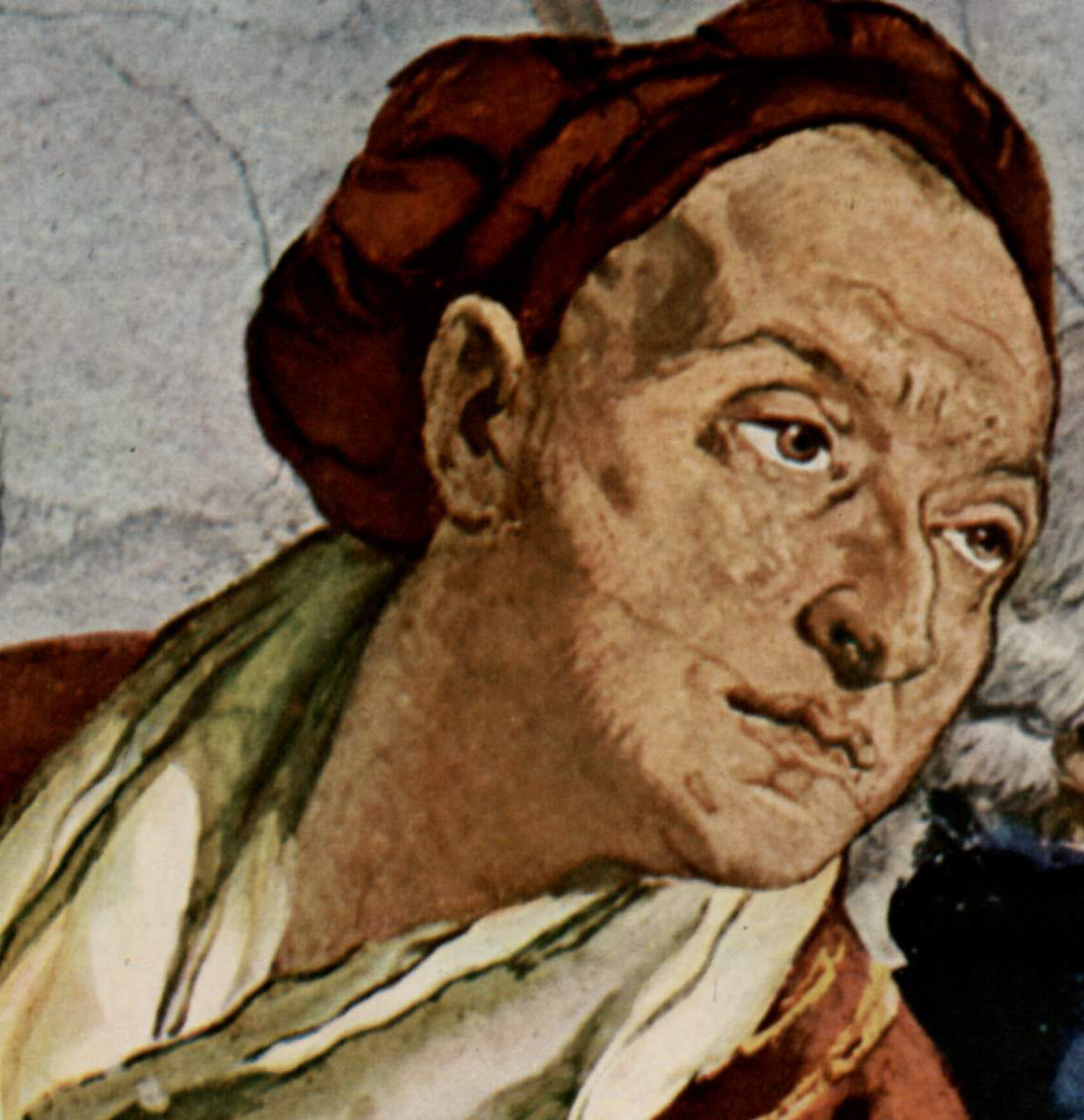
Giovanni Battista Tiepolo, an illustrious Italian painter of the 18th century, is renowned for his radiant and poetic frescoes that beautifully extend the tradition of Baroque ceiling decoration, encapsulating the essence of the Rococo period. Born in Venice, Tiepolo was significantly influenced by his contemporaries and predecessors, such as Piazzetta, Ricci, Tintoretto, and Veronese, which is evident in his dynamic and vibrant works.
Giovanni Battista Tiepolo's expertise in creating grand frescoed ceilings for churches, villas, and palaces across Italy, Germany, and Spain is particularly noteworthy. His work at the Würzburg Residenz, where he painted a vast ceiling depicting Apollo and the continents, is considered a high point of his career. This masterpiece demonstrates his skill in creating spatial illusions and integrating multiple perspectives to enhance the viewer's experience.
In addition to his frescoes, Giovanni Battista Tiepolo's prowess as a draftsman and printmaker was widely acclaimed. His prints, characterized by imaginative and sometimes enigmatic imagery, enjoyed widespread popularity and may have influenced subsequent artists like Francisco de Goya.
Throughout his career, Giovanni Battista Tiepolo received numerous commissions across Europe, reflecting his international fame. His later works in Spain, where he moved with his sons to serve the Spanish monarchy, showcase a quieter yet profound style, focusing on religious and allegorical themes.
For collectors and experts in art and antiques, Giovanni Battista Tiepolo's legacy represents an essential chapter in the history of art, offering insights into the interplay of light, color, and narrative in 18th-century European painting. His works, housed in various museums and collections worldwide, continue to captivate and inspire audiences with their elegance and grandeur.
If you wish to stay updated on new product sales and auction events related to Giovanni Battista Tiepolo, signing up for updates is an excellent way to ensure you don't miss out on any valuable information.





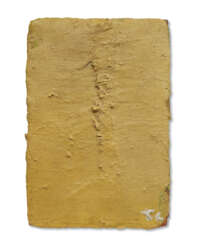

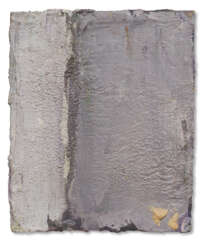

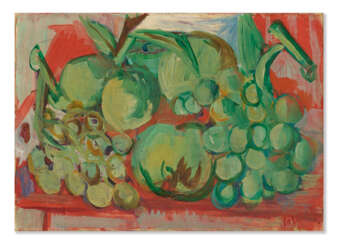

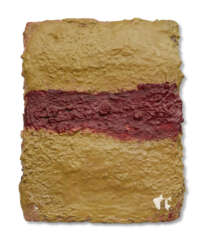

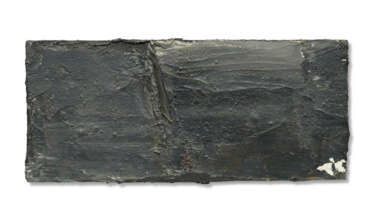

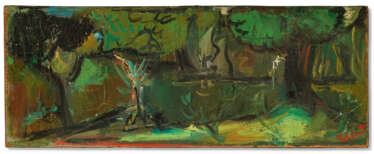

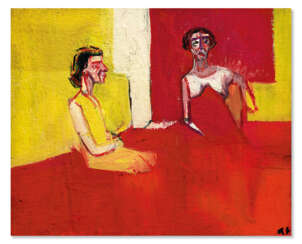

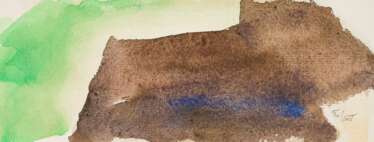





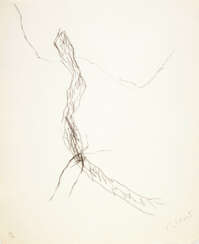

![[ARTISTES DIVERS : Paul CELAN, Yves BONNEFOY, Jean STAROBINSKY, Pierre-Alain TÂCHE, Henri MICHAUX...]](/assets/image/picture_2426250/3f5a2/d66775844ec9b200583cf1194dd8a02ajpg__fix_374_244.jpeg)
![[ARTISTES DIVERS : Paul CELAN, Yves BONNEFOY, Jean STAROBINSKY, Pierre-Alain TÂCHE, Henri MICHAUX...]](https://veryimportantlot.com/assets/image/picture_2426250/3f5a2/d66775844ec9b200583cf1194dd8a02ajpg__fix_374_244.jpeg)
